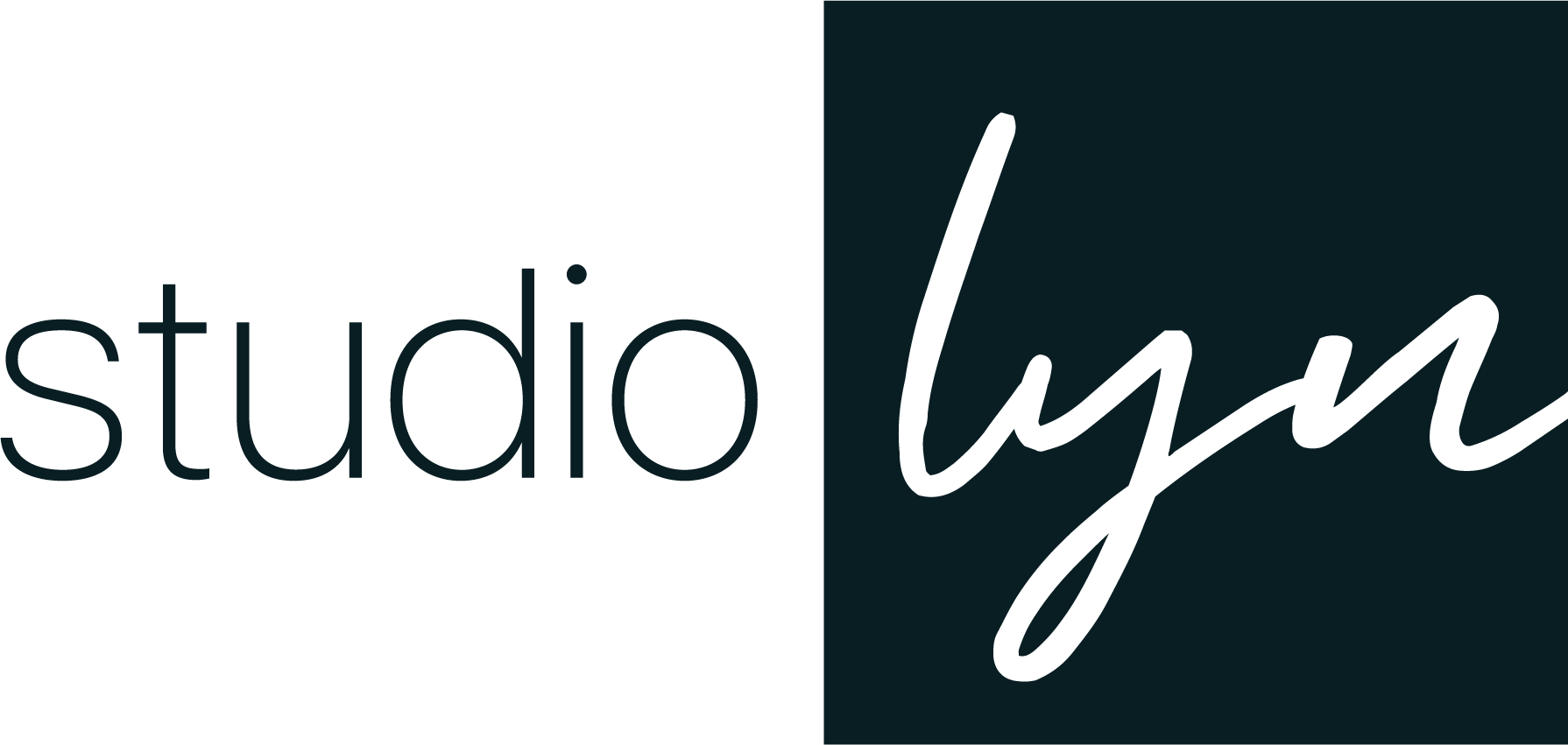Branding is an important part of building a successful business, regardless of its size. Building a strong brand identity is even more important for small businesses because it will help them stand out from the competition. However, the assumption that branding is expensive and requires a lot of time and resource commitment deters many small business owners.
Although investing in a thorough branding strategy and customized design has its advantages, it’s important to remember that there are other, more affordable options, like DIY or semi-custom branding solutions.

Define Your Brand
Your brand is reflected by your brand identity. Your brand identity consists of the emotional and visual elements that give it a distinct personality, voice, and positioning in the marketplace. Included in your brand identity are logo designs, color palette, typography, messaging, and an overall aesthetic theme.
A great brand identity depends on knowing your brand’s values, target audience, and unique selling proposition. Without this information, your brand may not be clear, consistent, or relevant to the target audience.
Messaging and brand identity should reflect your brand strategy. Make use of consumer behavior, psychographics, and demographic research to identify your target audience. To distinguish yourself from your competitors, develop a clear and compelling unique selling proposition.
Here are some steps for defining your brand:
Define your brand values: Establish your brand’s values, mission, and vision first. You can use these components to decide on the voice and attitude of your brand.
Identify your target audience: Understanding your target audience is critical to developing a brand voice that resonates with them. Research your target audience’s interests, pain points, and communication preferences to develop a voice that speaks directly to them.
Develop your unique selling proposition: You must develop your unique selling proposition (USP) to stand out in a competitive market. Your USP is what distinguishes you from the competition and makes your good or service special, worthwhile, and desirable to those who make up your target audience.
Create a visual brand identity: Developing your logo, color palette, typography, and brand voice are examples of the sensory components that make up your brand identity. A strong brand identity helps in setting your company apart from competitors and fosters consumer recognition and loyalty.
Develop messaging: The process of developing messaging involves creating a compelling story about your brand that connects with your target market, conveys your unique selling proposition, and drives action. All communication channels should use clear, concise messaging that is always consistent.
Implement your brand across all touchpoints: Making sure that your brand identity, messaging, and unique selling proposition are consistent and cohesive throughout all communication channels, such as your website, social media, packaging, and customer support, is part of implementing your brand across all touchpoints. This helps to create a seamless and memorable brand experience for customers.

Logo/Design
Option A: One quick and easy strategy to establish a brand identity is to use the same colors and fonts throughout all marketing materials. This will help you develop strong brand awareness and gain your audience’s trust. Spending money on a professional logo and brand design is ideal, but doing so can be expensive, particularly for small businesses. It is a good idea to wait until you are more established and have the budget for it. You can jumpstart a brand identity that embodies the personality and principles of your business by using a consistent color palette and typography system.
Option B: For small businesses, choosing a semi-custom brand identity is an inexpensive and practical option. With this approach, you can collaborate with a designer to develop a logo, usually type-only with minimal illustrative elements, that captures the essence of your company and brand while saving money. Although it might not be as thorough as a fully customized brand identity, this can still help in building a strong and dependable brand that connects with your target audience.

Develop a Consistent Brand Voice
A brand’s communication’s personality and tone are its voice. It effectively communicates the brand’s values, goals, and vision to the intended audience. A consistent brand voice helps in developing a powerful and memorable brand identity that connects with consumers, fosters brand loyalty, and increases trust.
Building a strong brand identity and gaining the trust of customers requires a consistent brand voice. It aids in establishing the brand’s character, voice, and values, enabling customers to relate to the brand more deeply. Additionally, a consistent brand voice contributes to developing a distinct and unified brand message across all marketing channels, improving brand recall and recognition.
A consistent brand voice helps with setting a company apart from its competitors and increases its ability to be remembered and recognized. Additionally, it promotes a feeling of dependability and trust among customers, which may result in a rise in both repeat business and client loyalty.
Conclusion
Defining your brand’s values, determining your target audience, developing a brand voice, and remaining true to your brand are all examples of cost-effective brand-building strategies.
While developing a strong brand voice and identity can take a lot of time and effort, investing in branding even on a budget can increase customer loyalty, trust, and awareness.
If you’re a small business owner looking to establish and expand your brand without breaking the bank, contact Studio Lyn for semi-custom branding options that can help elevate your brand and construct a strong and distinctive brand identity!



